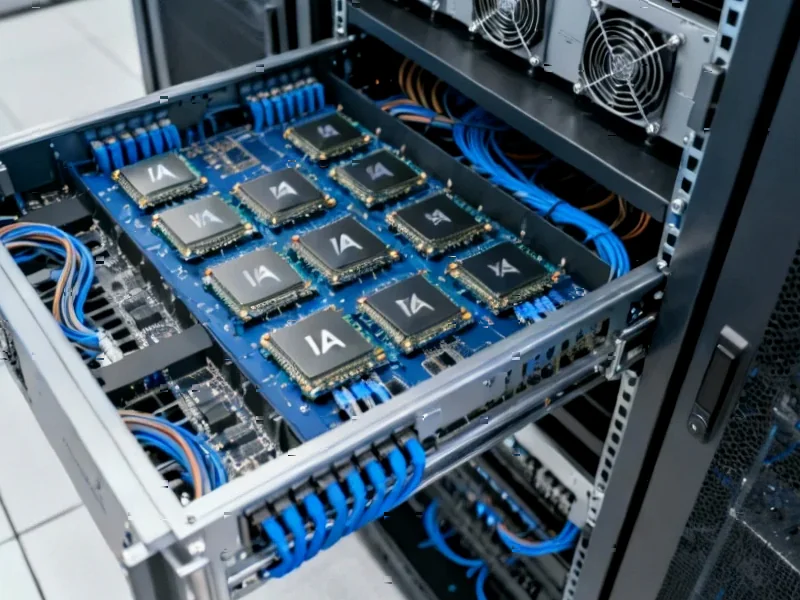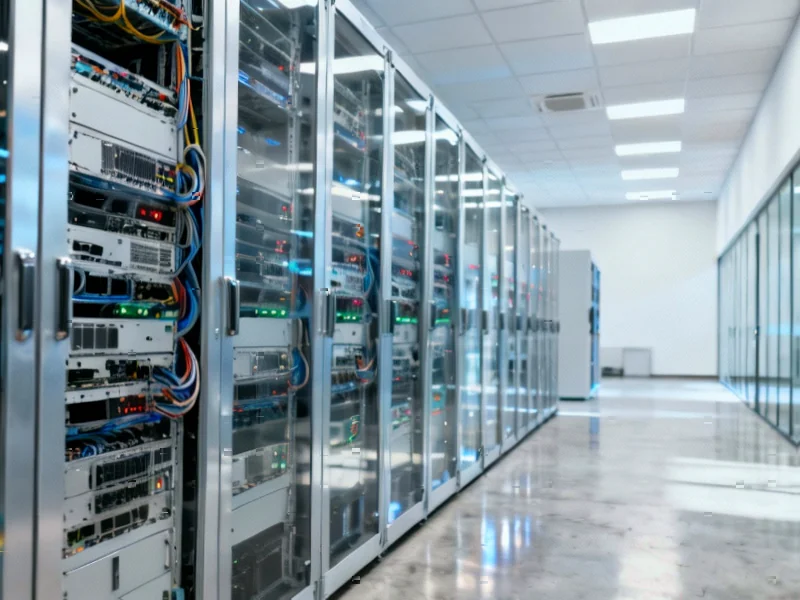According to IEEE Spectrum: Technology, Engineering, and Science News, NVIDIA’s H100 GPU with 80GB RAM is launching to space aboard the Starcloud-1 satellite, marking the first time a terrestrial-grade data center GPU will operate in orbit. The GPU is reportedly 100 times more powerful than any computer previously flown in space and will test AI applications including Earth observation analysis and Google’s large language model during its three-year mission launching on SpaceX’s Bandwagon 4 Falcon 9 flight. The 60-kilogram satellite will orbit at 350 kilometers altitude, processing synthetic aperture radar data from Capella’s satellites in real-time to reduce downlink requirements from hundreds of gigabytes to mere kilobytes of insights. Starcloud CEO Philip Johnston projects that with SpaceX’s Starship potentially reducing launch costs to $10-150 per kilogram, orbital data centers could reach cost parity with terrestrial facilities and potentially dominate new data center construction within a decade.
The Energy Economics That Change Everything
The fundamental economic shift here isn’t just about moving computing to space—it’s about redefining the energy equation for AI infrastructure. Earth-based data centers face escalating costs for electricity, cooling water, and land acquisition, with the United Nations projecting data center energy consumption will match Japan’s entire national usage by 2030. In orbit, solar panels generate eight times more electricity than equivalent Earth-based systems without the intermittency problems that plague renewable energy on the ground. The elimination of battery storage requirements and 24/7 solar availability creates a fundamentally different cost structure that could make orbital computing economically inevitable once launch costs hit the critical $500/kg threshold.
Market Winners and Losers in the Orbital Shift
This development creates clear winners beyond just NVIDIA and Starcloud. SpaceX stands to benefit enormously as the primary launch provider, with their Starship program potentially reducing costs to $10-150 per kilogram, making orbital infrastructure economically viable. Earth observation companies like Capella gain immediate value through reduced data transmission costs and faster insights. The losers? Traditional data center real estate investment trusts and cloud providers with massive terrestrial footprints face potential disruption if orbital computing scales as projected. Companies heavily invested in Earth-based cooling technologies and regional power infrastructure could see their investments stranded.
The National Security Dimension
Starcloud’s partnership with the U.S. Department of Defense for their 2025 Starcloud-2 mission reveals the strategic importance of orbital computing. The ability to process sensitive data in space rather than transmitting it to ground stations addresses critical security concerns while providing real-time intelligence. This positions companies with early orbital computing capabilities as strategic national assets, potentially creating a new class of defense contractors focused on space-based infrastructure. The race between competing ventures like Axiom Space and Florida-based Lonestar Holdings indicates this market segment will see intense competition and likely government contracting opportunities.
The Realistic Scaling Timeline
While the vision is compelling, the path from today’s 60kg test satellite to Starcloud’s projected 40-megawatt orbital data center by the early 2030s involves massive technical hurdles. Radiation hardening of commercial GPUs, thermal management in vacuum, and reliable high-bandwidth communication present engineering challenges that go far beyond the initial demonstration. The progression from H100 to Blackwell GPUs and eventually to future architectures will require significant adaptation for space environments. However, Starcloud’s roadmap showing a 100-kilowatt satellite by 2027 and commercial services starting in 2025 suggests they’ve planned for incremental scaling rather than immediate massive deployment.
The Environmental Paradox
There’s an interesting environmental calculus at work: while orbital data centers eliminate terrestrial water consumption and reduce greenhouse gas emissions from operations, they increase rocket launch activity with its own atmospheric impact. The net environmental benefit depends on how quickly launch providers can transition to cleaner propulsion systems and whether the reduction in Earth-based energy and water consumption outweighs the rocket emissions. This creates a complex regulatory landscape where environmental approvals for increased launch frequency might become a bottleneck for orbital computing expansion.
Investment and Market Timing
For investors, the critical timeline revolves around SpaceX’s Starship achieving operational status and the promised $10-150/kg launch costs. If Starship delivers on schedule in 2025-2026, we could see a wave of investment in orbital computing infrastructure starting in late 2026. Companies positioned to benefit include not just the obvious space infrastructure plays but also semiconductor manufacturers with radiation-hardened capabilities and solar panel companies optimized for space applications. The terrestrial data center market isn’t disappearing overnight, but growth projections for new Earth-based facilities beyond 2028 become increasingly uncertain if orbital economics prove viable.




